How to improve drainage in raised beds – for optimum soil health
Expert advice for boosting raised bed drainage to keep plants fed, watered and healthy
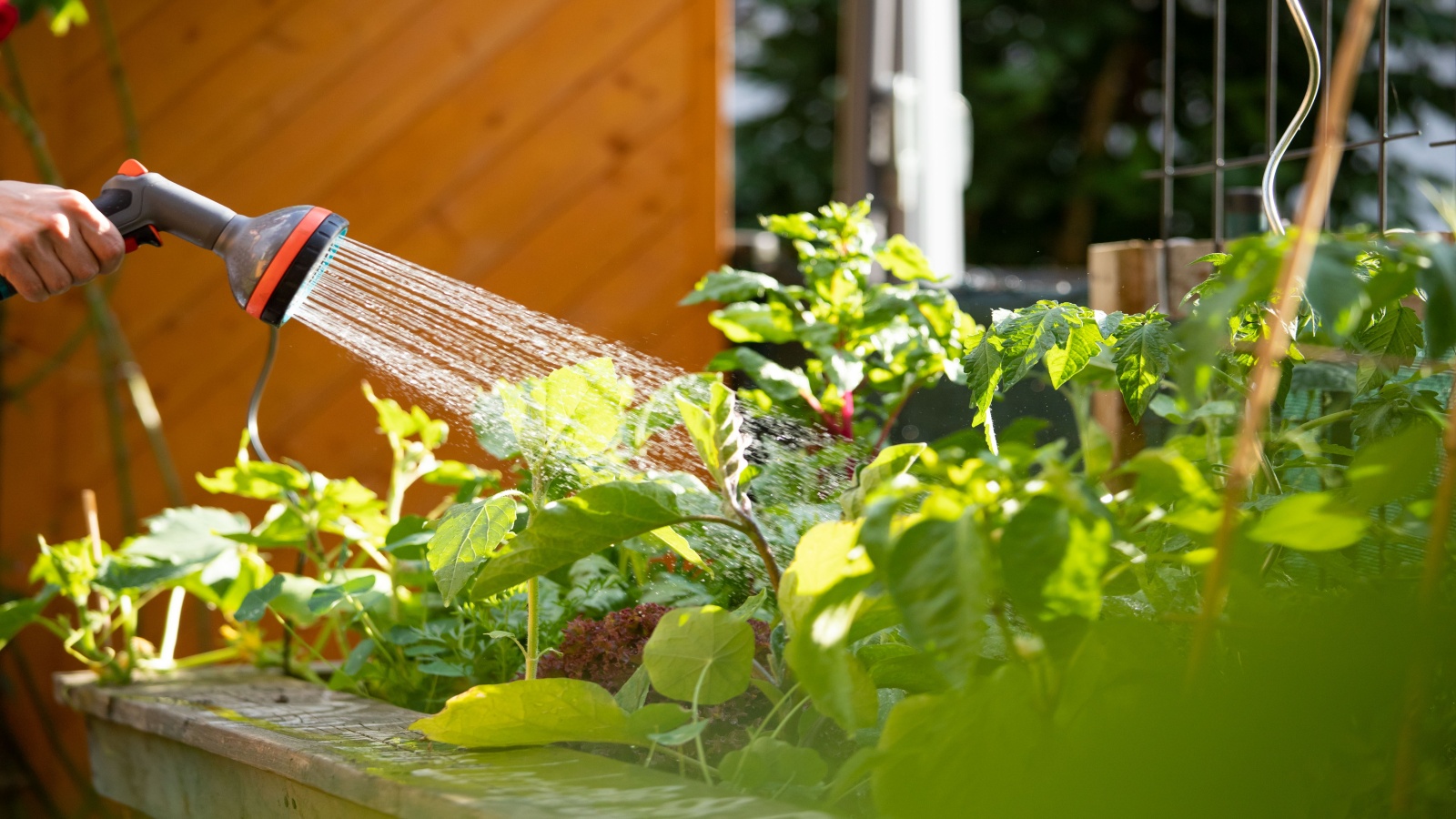

Making sure the soil in your raised beds drains well when you are growing plants is of prime importance.
When you build a raised bed, the position and materials will be uppermost in your mind, but they will count for very little if your plants fail thanks to poor drainage.
Raised beds need good drainage to carry nutrients through the soil to the plants to stimulate strong, healthy growth, but the soil also has to hold onto enough moisture to stop the plants drying out. Getting the balance right is crucial. Years of raised bed cultivation has taught me how to get the best results, so here are my top five tips for optimizing drainage in your raised beds.
1. Choose the right spot
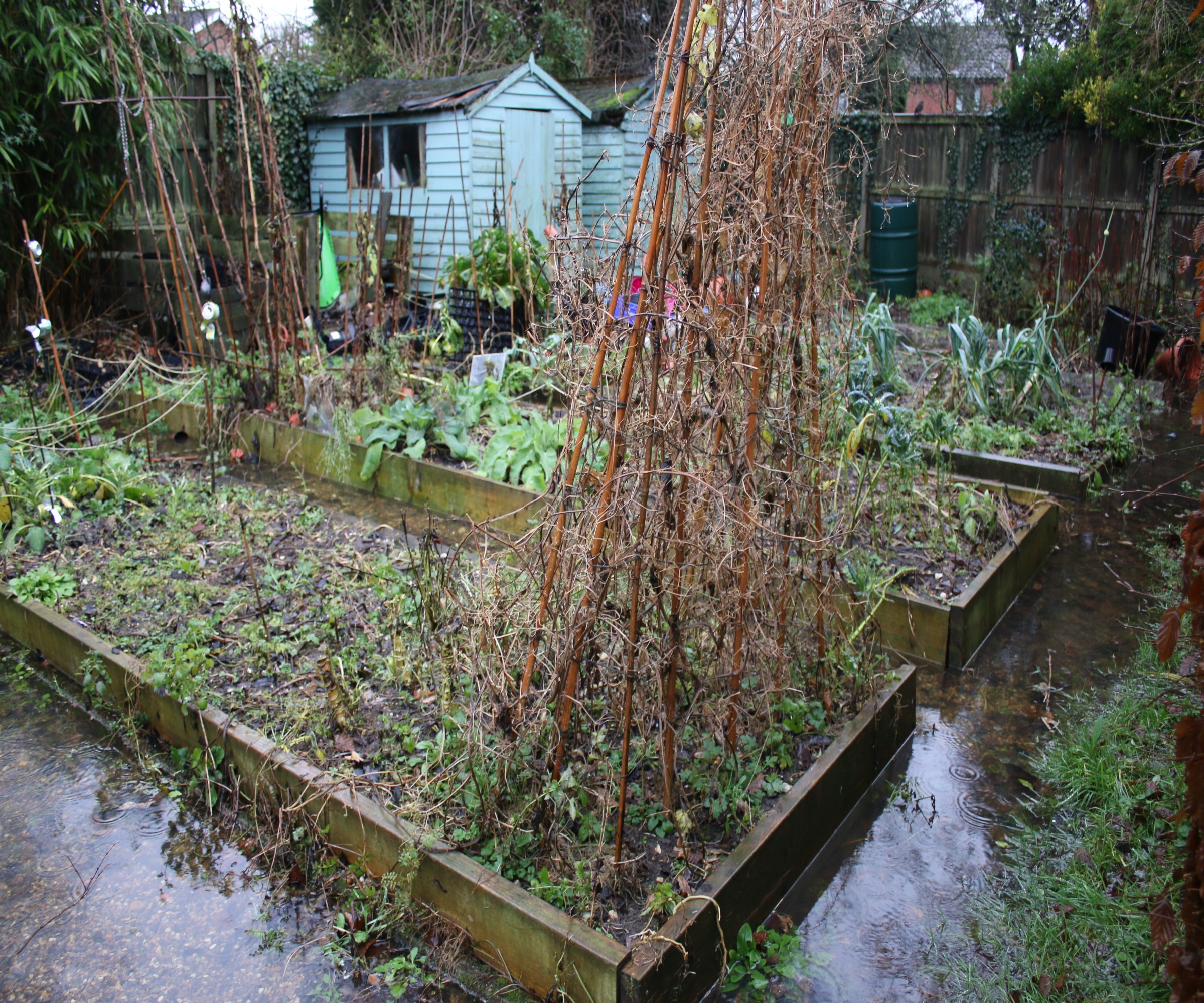
Don't build your raised beds on clay soil that is prone to flooding
When choosing the best place for your raised bed, there are several important factors to bear in mind.
The ideal spot should be sheltered, receive generous amounts of sun and have easy access to irrigation, such as a nearby water barrel.
One of the most important things to take into consideration is the soil underneath, because if it is solid, heavy clay, the drainage potential will be lessened and you could end up with a waterlogged bed and unhappy plants.
Inspect your yard after heavy rain and make a note of and avoid the areas where water lingers instead of draining away quickly.
Design expertise in your inbox – from inspiring decorating ideas and beautiful celebrity homes to practical gardening advice and shopping round-ups.
If you are still unsure, dig in a few places to ascertain what type of soil you have. Sandy soil should drain well, but heavy clay will hold onto rain and you may need to install drainage pipes at the base of your raised bed, which is an additional expense and effort.
2. Create a free-draining base layer

Improve drainage in a raised bed by placing a layer of stones in the base
The base layer of your raised bed is critical to its drainage. If you are lining your raised bed, use a liner that allows free movement of water such as burlap, wire mesh, landscape fabric or even cardboard. Raised bed liners are available from Walmart.
On top of this, add a layer of rubble, which will have the same effect of improving drainage as the layer of crocks (broken pottery) we place at the bottom of a patio container.
Once the stones are in place, if you lifted an area of grass to create your raised bed, place the turves upside down on top of them.
This will further improve drainage and the soil caught in the roots of the grass will enrich the bed and may also contain worms. This again improves drainage, as worms create their tunnels through the soil and around the plant roots.
3. Add organic matter
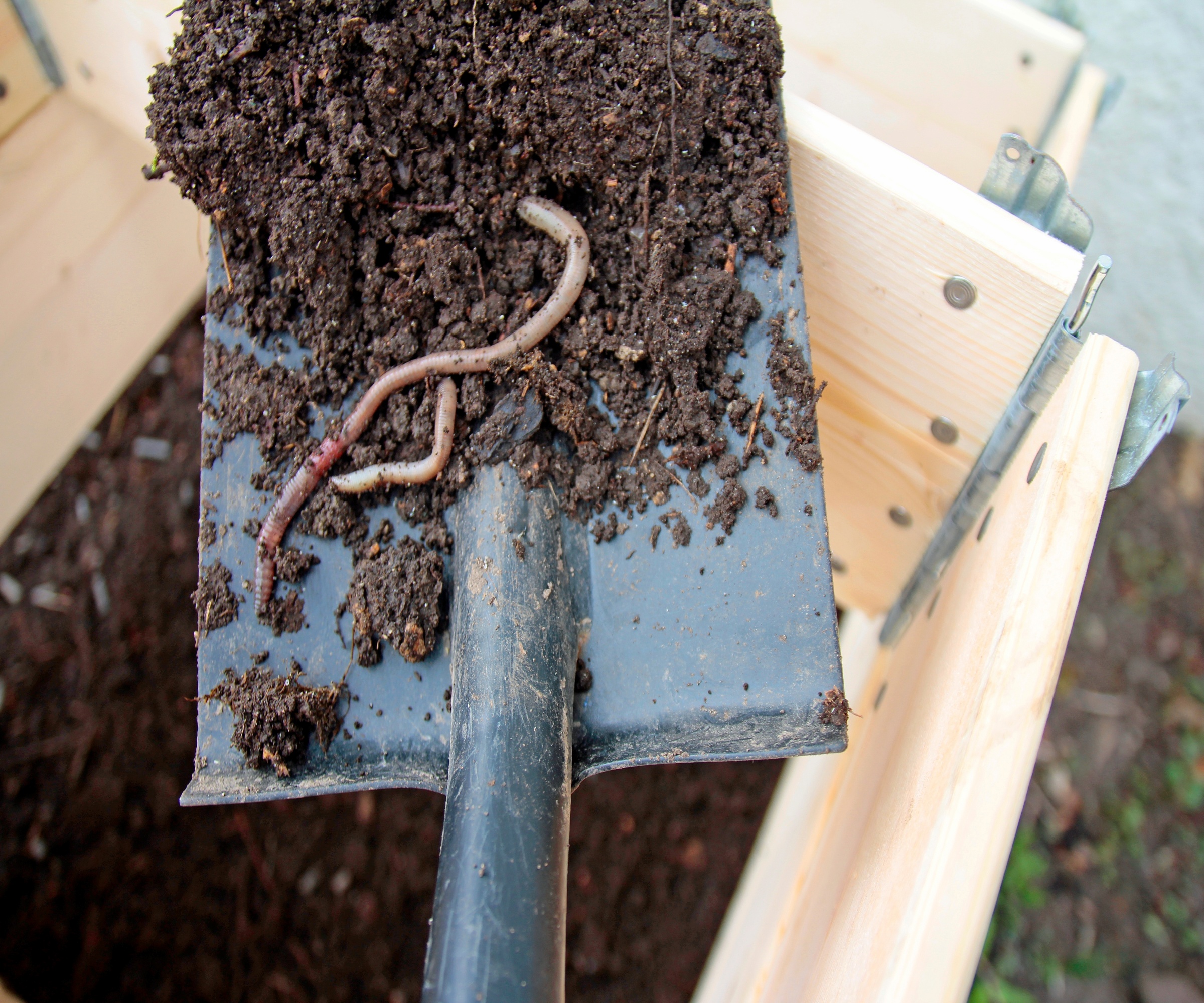
Using organic material such as well-rotted compost, plus a healthy worm population, will really improve drainage in your raised beds
The easiest way of improving drainage in your raised beds is to use nutrient-rich, free-draining soil and organic additives. You can buy raised bed soil, such as Miracle Gro organic raised bed soil on Amazon.
However, the best growing materials you can use are well-rotted homemade compost and manure, which have been used for generations to enrich soil and open it up so that moisture can run through it, irrigating plants and delivering essential nutrients to their roots for optimum growth.
Not only is it packed with nutrients, it also comes fully-loaded with earthworms and beneficial microbes to give your plants a natural boost.
Of course, not everyone is able to make enough homemade compost for their raised bed, but even if you only have a little, I recommend adding it to commercially made compost for an extra boost.
Many farms and stables sell sacks of manure cheaply, and leaf mold is another great ingredient for improving soil drainage and feeding your plants.
4. Install drainage pipes

Installing pipes is an easy way to improve drainage in raised beds
If you have no option but to build a raised bed on clay soil, you may need to install a drainage system of outflow pipes. If you choose to do this, make sure the pipes feed directly into a drainage channel or water barrel to avoid soaking your yard or flooding your house (or a neighbor’s).
If you are digging a drainage channel, survey the land first to avoid damaging gas or water lines buried in the soil.
Remember that while drainage pipes will help prevent waterlogging, they may be too efficient at draining, leading to dry soil that needs more watering during hot and dry spells.
Flex-Drain landscaping drainage pipes are available at Amazon.
5. No-dig gardening
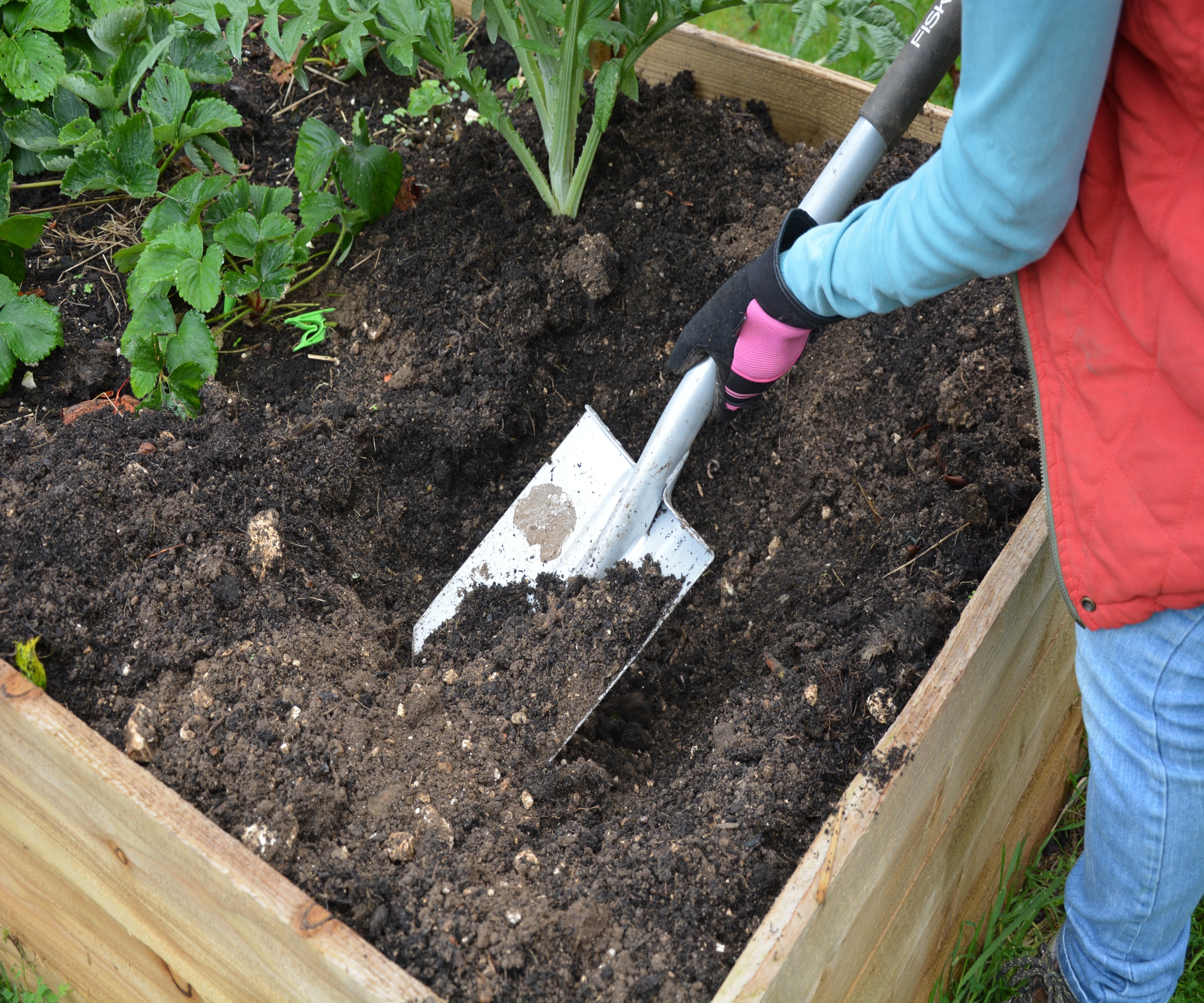
No-dig gardening, where soil is disturbed as little as possible, is a great way of improving drainage in a raised bed
Compacted soil does not drain well, so disturbing the soil in your raised beds is a great way of improving drainage.
Follow the no-dig, or lasagna gardening, principle and instead of digging it over, weed carefully and add more well-rotted compost at the beginning and end of each growing season to boost nutrients and help soil micro-organisms and invertebrates keep the mixture open and aerated.
You can also add garden grit, vermiculite and perlite, as these also help keep the soil open and draining well.
Green manures are another excellent and traditional way of improving drainage in raised beds. Sow them in the fall, then chop them down in late winter or a few weeks before you plan to start planting or sowing in spring. Cover the cut stems with more compost and they will soon rot down, feeding the soil and opening it up.
FAQs
Can I improve drainage in an established raised bed?
Absolutely - there is no need to remove all the filling and plants and start again. It may take a full turn of the seasons, but if you start incorporated well-rotted compost and manure, as well as something gritty or some wood chip to open the structure of the growing media, the drainage will improve.
You might also consider growing plants with roots that help break up and improve the draining abilities of heavy soils, including potatoes, peas and beans, asters, black eyed Susans and bergenia.
How deep should my raised bed be?
The height of your raised bed will depend on the materials you have and the plants you intend to grow. For optimum drainage and healthy plants, I would create a bed that's at least 20in deep. This allows roots to grow down and develop well and it also gives enough depth for water to drain through and carry nutrients to your plants.
Do raised beds dry out?
A well-built raised bed that has a good depth and a healthy mix of soil and organic matter should not dry out completely, but shallow beds are likely to need more watering during prolonged hot dry spells.
Many of the natural methods used to improve the drainage in your raised bed can also be used in the wider yard to open compacted soil and improve its nutrient levels, boosting your plants and creating an oasis with year-round colour and interest. As we are heading into the winter, take steps now to winterize your raised garden beds, and prepare them for the next growing season.
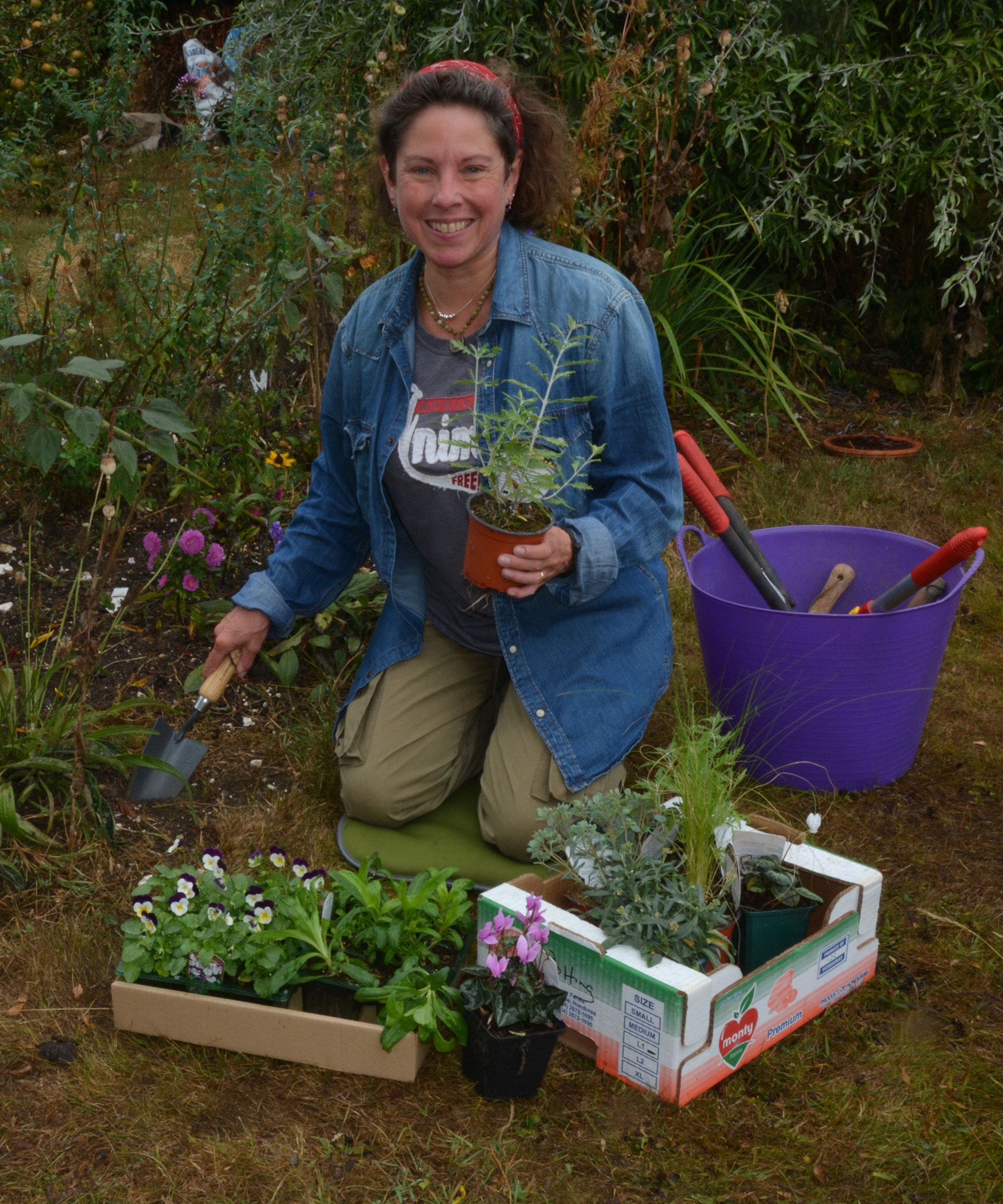
Ruth is a Contributing Editor for Homes & Gardens, and formerly Gardening Editor of Amateur Gardening magazine. She is horticulturally trained, with a qualification from the Royal Horticultural Society. Her work for Amateur Gardening, the world's oldest weekly gardening publication, involved matching gardening tasks with each season, covering everything from sowing and planting, to pruning, taking cuttings, dealing with pests and diseases and keeping houseplants healthy. She is an expert in ornamental plants and edible crops, and everything she writes about and photographs is in her own garden, that has been a work in progress since her family moved there in 2012.